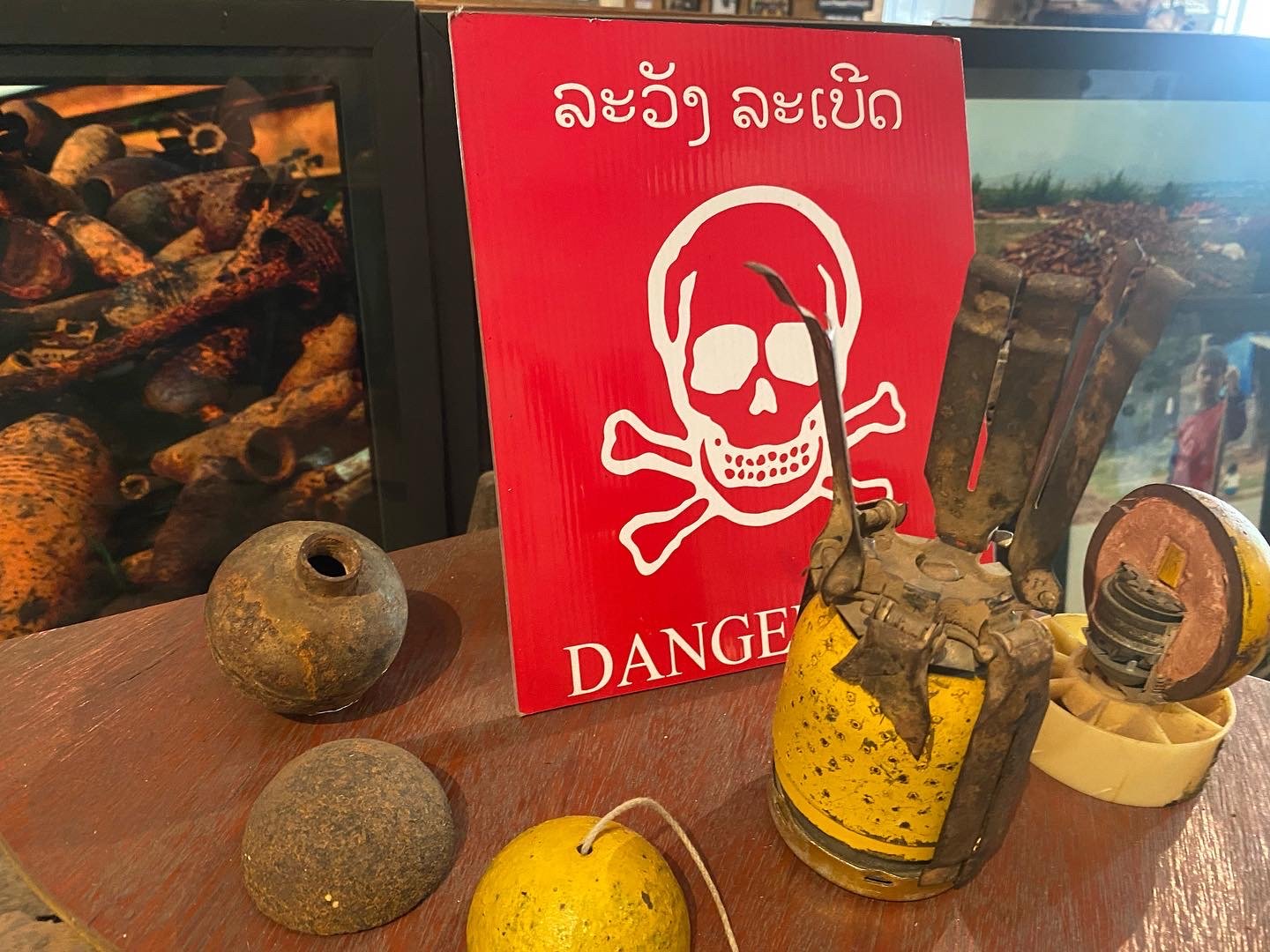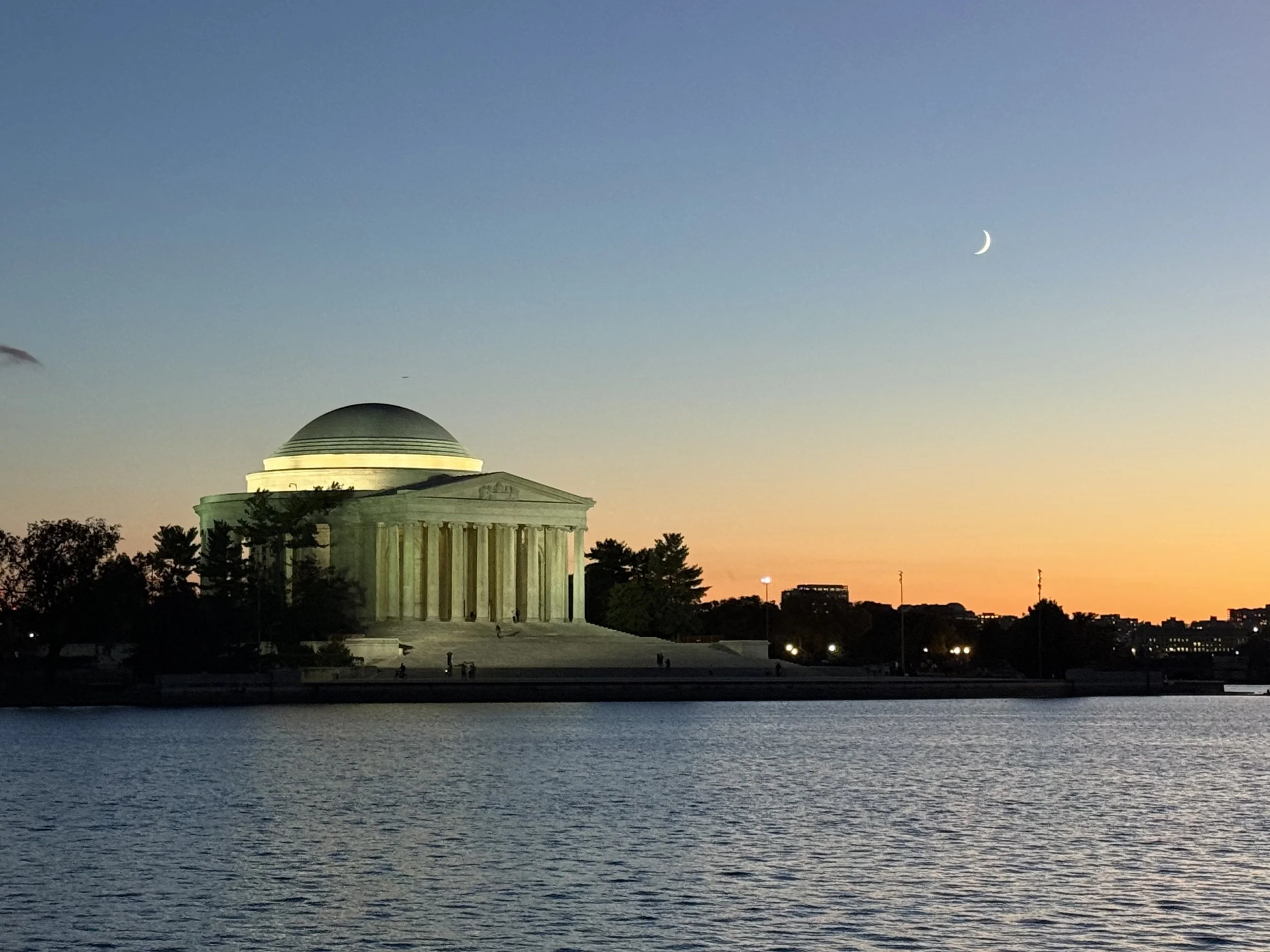Indiana Agriculture in Laos
/Before this spring, I had never been to Asia. In April, my Agricultural Leadership Program (ALP) Class 18 traveled to South Korea and Laos. The two countries cannot be more different. Laos is very much still developing, suffers even today from historic bombing campaigns, labors under a strict communist government, and is hot hot hot. So, my top five takeaways from Laos:
First, Laos is a country that is very much still developing. Laos is dependent on foreign investment (mostly from China, Vietnam, Thailand, and more recently, the United States). Subsistence farming is still the way of life for the majority of its citizens. Rice is the top crop, but we saw many farms with a few cattle or chickens roaming about. There are university programs teaching more modern agricultural practices to students today, but they are short on funds, materials, training opportunities, and updated information. We visited several organic farms, but it was unclear whether they were organic by choice or simply because chemicals to fight weeds and pests were unavailable to them.
Second, American bombs are still killing and maiming the Laotians. During the Vietnam War, the U.S. dropped almost 3 million tons of ordnance on the country, making Laos the most heavily bombed country per capita in the world. Laos was bombed, on average, every 8 minutes for nine years, from 1964 to 1973, during the "Secret War." There are still something like 80 million unexploded ordnance (UXO, or “bombies” to the locals) scattered throughout the southern part of the country. Bombies are brightly colored metal spheres about the size of a tennis ball partially or fully buried in the soil. Kids find them, think they are toys, and end up losing arms or legs when the bombie detonates. Clearing land for tourism, development, or farming can be deadly when unseen bombies explode. The US has committed additional funding to help find and remove the UXO, but progress is slow and costly. We visited the COPE (Cooperative Orthotics and Prosthetics Enterprise) center which helps rehabilitate people whose lives have been impacted by the UXO and which educates visitors about the history of bombies in Laos.
Third, The Lao People’s Revolutionary Party is the only political party. We were “escorted” throughout the country and our agenda sometimes was changed last minute by the party officials “helping” us around. Full U.S.-Lao diplomatic relations were restored in 1992. Our visit to the U.S. Embassy drove home the importance of American investment in Laos. We met with several American farmer/businesspeople who were investing time and money in Laos. There may someday be a real opportunity for American imports, but first the infrastructure and the market must be built. The Chinese are working on that now—we saw Chinese railroads, hotels, markets, restaurants, and trucks all over Laos. The U.S. is doing some work to ensure China is not the only strong presence.
Fourth, Laotian cities are very different from the rural countryside. Our trip focused on Vientiane (the capital on the Mekong River) in the south and the Mulberries Fair Trade Farm in the Xieng Khouang province up north. In Vientiane, we visited the night markets and experienced their sensory overload. The night markets come alive when the temperature cools down a bit with food stalls, clothes, odd pets, friendly beggars, restaurant stands, and all kinds of goods for sale. We saw the national shrine of Laos, called Pha That Luang, which is an enormous golden Buddhist temple and monument.
After a few days, we left the comforts of the city (delicious soup for breakfast, occasional working air conditioning, and cold Beerlao) and headed north. After a short intra-country flight, we touched down in Xieng Khouang for a couple nights at the Mulberries farm. Our accommodations were rustic, but the people at Mulberries were incredibly kind, welcoming, and generous. The founder, Kommaly Chanthavong, was 11 years old when her village was destroyed by US bombers attacking the Ho Chi Minh Trail. She walked for a month to Vientiane, and eventually founded a cooperative that teaches mostly women traditional skills in raising silkworms, making natural dyes, and weaving traditional patterns. Kommaly is a Nobel Peace Prize nominee and a true force of nature packaged in a petite grandmotherly woman. We also walked the Plain of Jars, a megalithic archeological site with thousands of huge stone jars dating back to ~1000 B.C., more recently the site of extensive bombing in the late 1960s.
lunch
Fifth, as on any trip, the food & drink, weather, and people were the difference makers. We ate sticky rice with every meal, many variations of larb/laab (basically spiced meat salad), and even tried a few fried crickets. We drank bottled water, strong coffee, and Beerlao. Beerlao, the cheap national beer, was one of the only cold drinks available (and we had to support the local market, right?). Laos experienced the hottest weather on record while we were there, with highs nearing 110 degrees and “feels like” temperatures of about one million. Through it all, we saw kids playing around massive golden shrines, rice farmers working in advance of this year’s planting season, and Laotians in traditional long skirts and long sleeves. The heat clearly bothered us more than anyone who lived here.
Through the heat, the communists, and the hidden bombies, we saw a country with great potential and a people with great kindness. The next time I visit (in winter), I hope to see an improved standard of living, and a booming Beerlao industry.









